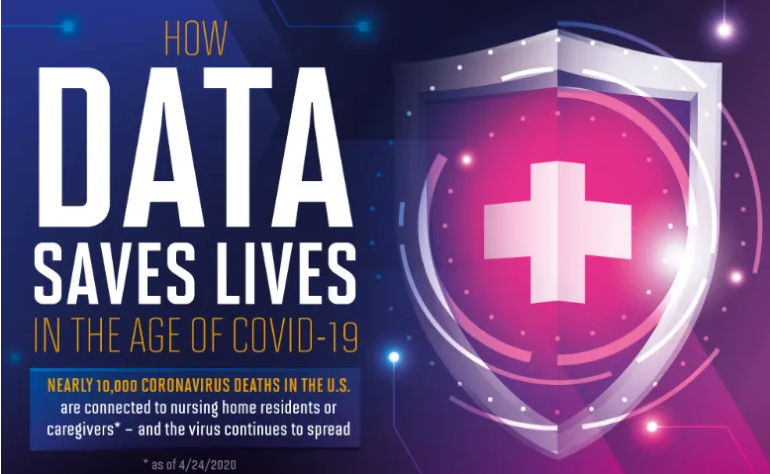Is data the key to fighting the COVID-19 pandemic? As the old saying goes, to be forewarned is to be forearmed, and knowledge gives us the power to fight back. As this pandemic has been caused by a novel coronavirus that no one has immunity to or has seen before, getting as much information as possible distributed as quickly as possible is key to stopping the spread and ending the pandemic.
Statistical modeling has shown us that our best defense against the pandemic currently is social distancing. With information from the Spanish Flu pandemic a hundred years ago and the real-time information we are gathering from outbreak hotspots, we know that keeping people away from each other is the single most important thing we can do right now to stop the spread of COVID-19.
Cities that implemented social distancing earlier in their outbreaks showed significantly fewer cases per 100,000 residents as the disease progressed, and until there is a vaccine or a cure this is the best measure we can take to save lives.
Unfortunately there are places where people have a difficult time socially distancing themselves from one another, and nursing homes are one of those places. Residents of nursing homes are also at higher risk of complications and death from COVID-19, so preventing the spread in these populations has proven to be a crucial and monumental task.
Temperature checks of both residents and staff have been at the forefront of prevention measures along with closing down facilities to all but necessary staff. But once someone shows a temperature spike it may be too late. We know that people can carry COVID-19 for weeks without symptoms, spreading the illness to others without even knowing they are sick.
Across the world, various healthcare organizations and governments are working together to share and track data about COVID-19 in order to find new information about this virtually unknown disease.
The WHO has partnered with tech giants Facebook, Microsoft, and Twitter in order to find new data and ways of analyzing it. Even detecting the disease a few days earlier could significantly halt the spread because of the extremely virulent nature of the virus.
Tracking vital signs is the best we can do to protect the most vulnerable on top of the already strict social distancing rules, especially in nursing homes. But one company may have found a breakthrough in their data on nursing home dashboards.
Measuring a person’s pulse oxygen twice a day with a pulse oximeter has been shown to show decreases in oxygen levels that could be attributed to COVID-19, and these readings start to appear up to two weeks before a patient would first spike a fever. This method of early detection could help prevent the spread in close quarters high-risk facilities like nursing homes and could also have broader implications in the general population once the economy starts to reopen.
When it comes to halting the spread of COVID-19, the sooner we can find new and reliable information, the better we can fight the spread. Learn more about how data is being used to fight the spread of COVID-19 from the infographic below.


